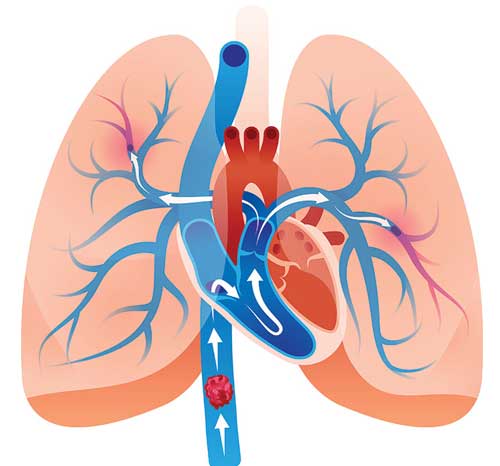Pulmonary Embolectomy and Pulmonary Endarterectomy are specialized surgical procedures performed to remove life-threatening obstructions in the pulmonary arteries.
Pulmonary Embolectomy is an emergency procedure used to remove large blood clots (pulmonary emboli) from the lungs. It is typically performed in cases of massive pulmonary embolism (PE) when thrombolytic therapy (clot-dissolving medication) is ineffective or contraindicated. The surgery restores blood flow to the lungs and prevents heart failure caused by increased pressure on the right side of the heart.
Pulmonary Endarterectomy (PEA) is a more complex, planned procedure used to treat chronic thromboembolic pulmonary hypertension (CTEPH)—a condition in which long-standing blood clots become fibrotic and block the pulmonary arteries, leading to increased pressure in the lungs. During PEA, the surgeon carefully removes these obstructions from the artery walls, improving blood circulation and reducing strain on the heart.

Both procedures require specialized expertise in cardiothoracic surgery and are performed in advanced cardiac centers. While pulmonary embolectomy is a life-saving emergency surgery, endarterectomy offers long-term relief for patients with chronic pulmonary hypertension, significantly improving their breathing capacity and overall quality of life.
